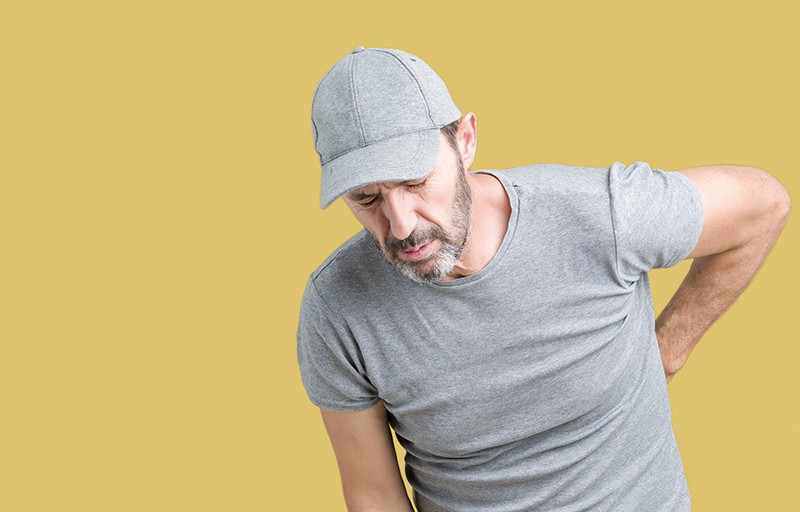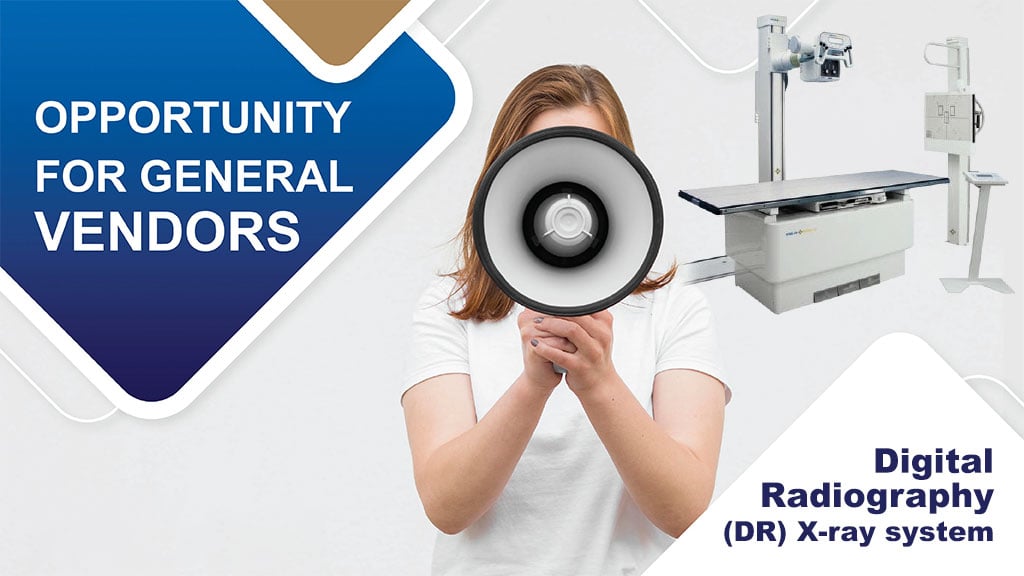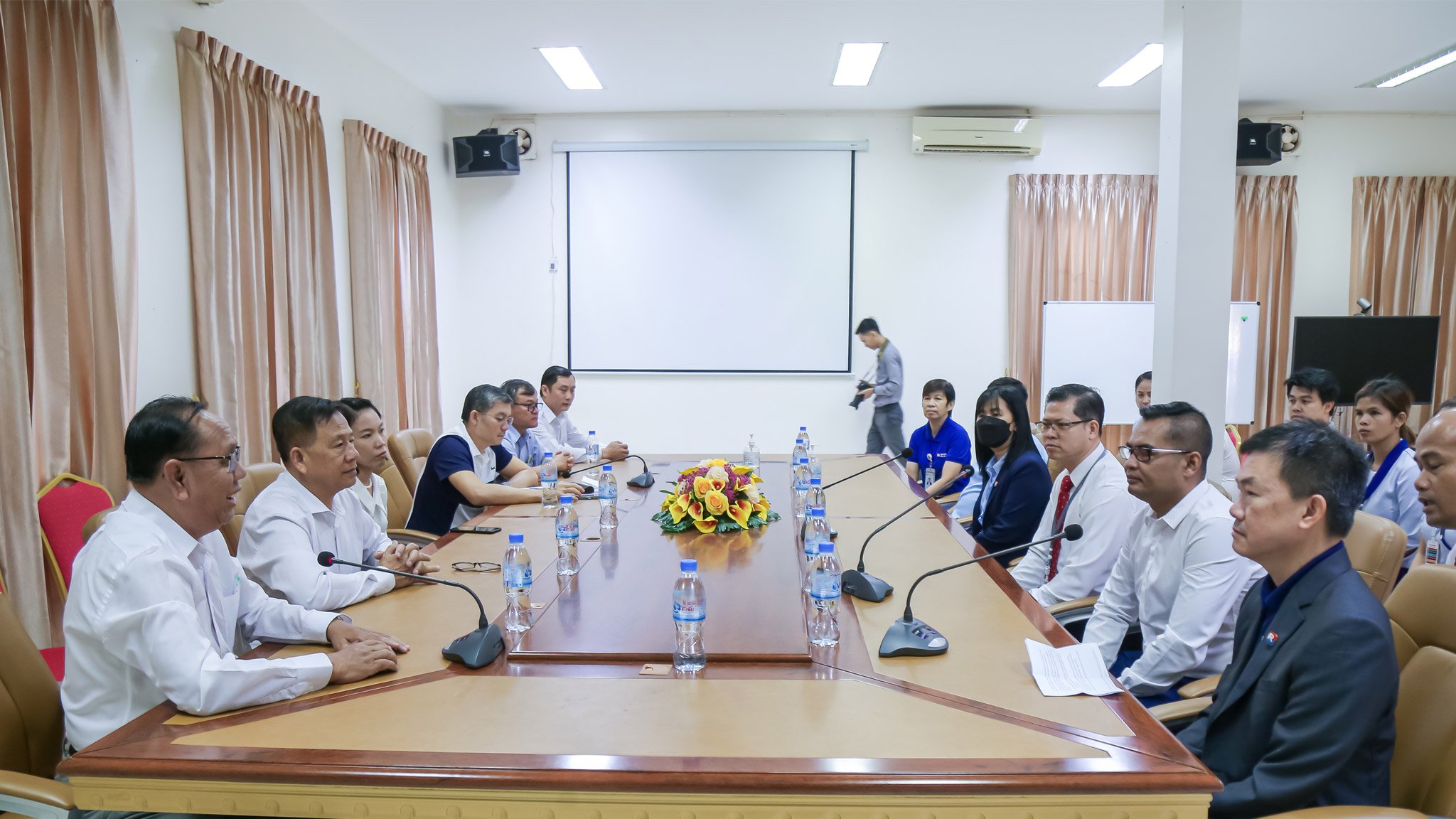Spinal Stenosis : Early Treatment Substantially Results In A Better Quality Of Life
Spinal stenosis is one of the most common spinal diseases found in the elderly. Spinal stenosis is described as a narrowing of the spaces within the spine mostly generated by the degenerative discs. This limited spaces can put pressure on the nerves that supply the spine. Presented signs and symptoms are pain or cramping in one or both legs, Numbness or tingling, muscle weakness and fatigue especially at affected area such as lower back and neck. However, Some patients with spinal stenosis may not have symptoms. Being aware of warning sings and seeking immediate medical attention when these signs are indicated are highly recommended in order to get spinal stenosis diagnosed and treated appropriately.
Get To Know Spinal Stenosis
Spinal stenosis (or narrowing) is a common condition that occurs when the small spinal canal containing the nerve roots and spinal cord becomes compressed. It is mostly caused by the deterioration of spinal discs, osteoarthritis and the formation of bone spurs which can result in the compression of spinal cord or nerves. The main manifestation includes pain or numbness in the back, radiating to the hip or the leg (s). It is mostly found in patients age over 45 with the increased risks of degenerative changes.
Signs And Symptoms
Presented signs and symptoms might vary. Medical attention should be immediately provided if any of these symptoms is showed up:
- Back pain
- Back pain that radiates to the leg (s)
- Leg pain from the thigh to the calf
- Numbness
- Weakness or fatigue
- Urinary urgency and incontinence
- Neurological problems such as walking and balance
- Reduced mobility due to severe leg pain
Risk Factors
Apart from the degenerative disc which is the most common factor of spinal stenosis, other causes may include:
- Advanced age
- Spinal degeneration from overuse of spine such as walking and lifting heavy weights
- Genetic abnormalities
- Traumatic injuries
- Tumors that form inside the spinal cord

Diagnosis
Most patients often need medical attention when their daily life and activities are largely interfered. To diagnose spinal stenosis, full physical examination and detailed medical history taking e.g. signs and symptoms will be examined. Additional imaging tests such as X-ray, CT scan (computerized tomography) and MRI scan (Magnetic Resonance Imaging) might be used to precisely pinpoint the affected areas. After the diagnosis is completely done, the treatment can be planned accordingly. Non-surgical treatments include pain killer medicines, rehabilitation programs and pain intervention. In severe cases, if patients are good candidates, surgery is highly suggested.
Treatment
The selected treatment option entirely depends on symptoms, disease severity and individual health-related conditions of each patient.
Non-surgical treatment:
- Medications include pain relievers, antidepressants (for chronic pain) and anti-seizure drugs (used to reduce pain caused by damaged nerve)
- Physical therapy helps to build up the strength and endurance, improve balance and maintain the flexibility and stability of the spine.
- Steroid injections help to reduce the inflammation and relieve some of the pain that caused by irritated or pinched nerve roots.
- Other interventional procedure such as decompression procedure.
Surgical treatment:
Surgery is highly considered if the patient is an appropriate candidate or other non-operative treatments failed. The surgical objective is to relieve the pressure on spinal cord or nerve roots by generating more spaces of the spinal canal. Surgery mainly aims to decompress the area of stenosis which is the most definitive way to resolve symptoms of spinal stenosis.
Surgical procedures to treat spinal stenosis include open surgery and minimally invasive surgery. Recently, minimally invasive surgery is an increasing used technique. This approach removes bone or lamina (the back part of the affected vertebra) in a way that reduces the damage to nearby healthy tissue. It can reduce potential risks of operative complications and inflammation. This results in less pain with a faster recovery time and shorter hospital stay.
Although spinal stenosis cannot be entirely prevented, lifestyle modification greatly strives to reduce the risks to develop the disease. To lower risks of spinal stenosis, health-related recommendations are
- Exercising regularly to strengthen the muscles that support the spinal muscles and the back.
- Maintaining a healthy weight. Excess weight puts more stress on the back and might eventually contribute to developing spinal stenosis.
- Avoiding overuse of spine such as lifting heavy weights
- Cigarette smoking should be also avoided since it is strongly associated with degenerative disc diseases.
Reference:
Neurological surgeon and spine surgeon.
Spine Academy, Bangkok Hospital.
For more information, please contact
Spine Academy, Bangkok Hospital.
Opening hours: Monday – Sunday 07.00 AM. – 08.00 PM.
Tel: 1719 (local call)
Email: [email protected]







